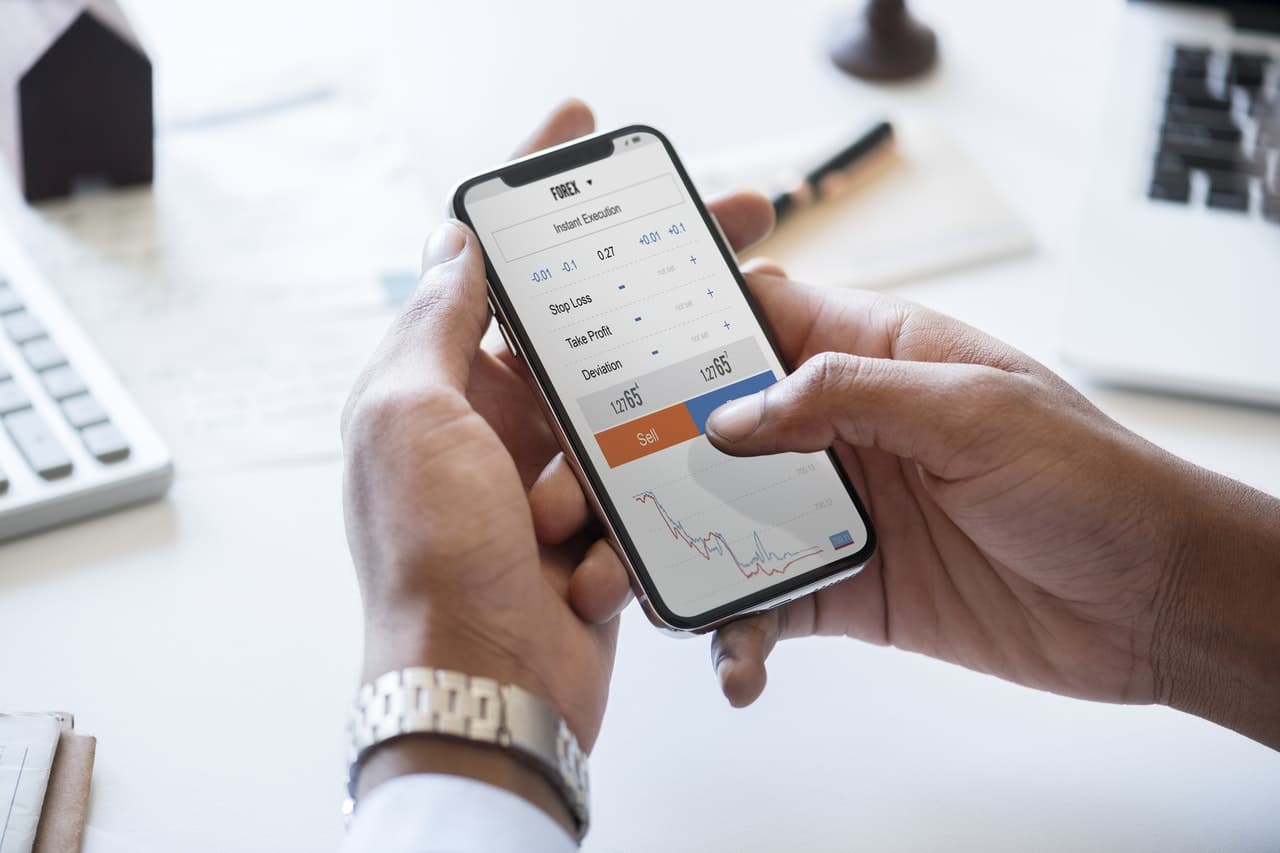Forex and CFD Trading are both common instruments that many investors wish to trade in. Forex or “Foreign Exchange” involves trading various currencies around the world which can be applied to individuals or businesses wishing to travel, pay offshore employees, and engage in business with other nations. Since its establishment, the foreign exchange market is known as the largest and most liquid market in the world with an average daily trading volume that surpasses $5 trillion USD.
CFD or Certificate of Differences Trading, on the other hand, involves managing various financial instruments that a company offers. Instead of purchasing these instruments (stocks, indices, commodities) at a full price, investors can purchase a portion or “margin” of such instruments without the obligation of purchasing the entire instrument. One good trading platform for trading CFDs is Q8 Trade.
IMAGE: PEXELS
How To Excel At Both Forex And CFD Trading
When it comes to dealing with either currencies or CFDs, there is no doubt that the two share similar nature when it comes to trading. After all, both Forex and CFD trading allow investors the opportunity to trade on margin, which can have a positive or negative leverage effect on their profit. Here are some ways on how to excel in trading both Forex and currencies:
- Know your market. Know about the company or country you are dealing with. For companies, you can list down the different financial instruments they are offering. Create a list of pros and cons for each before picking an instrument to settle.
For trading currencies, investors must reflect on the country’s social, economic, and political climate today and in the possible future. Since the latter deals with trades between countries, learning about the relationship between two countries can help dictate on future trades and whether or not you should invest.
- Have a trading plan. There are various strategies available on how to trade forex and CFDs. The purpose of creating a plan is to provide traders a guide on how to manage their trades, eliminate risks, and whether stop losses are required to avoid massive loss of profit. There are demo accounts available which allow novice traders the chance to develop their own trading strategies.
- Avoid overtrading on a demo account. Demo accounts provide traders the chance to learn how to apply their strategies before switching over to live accounts since live trading is more likely able to help you recover your losses. The timing when entering a transaction is also important which is why experts believe that traders should not postpone live trading for more than three months after they started trading on a demo account.
- As a general rule of trading, it helps to start up slow and then diversify your instruments as you develop your own trading strategy. While there is no “one plan fits all” format that anyone can apply, investors must remember that when it comes to expanding one’s portfolio, certain risks are always present.
Information Is Key To Trading
Learning how to excel in both Forex and CFD trading is essential if you wish to do them as a profession. Constant research, trial-and-error phases, intuition, and luck are important factors which can determine a person’s success in one instance and a failure in another. While we cannot avoid risks entirely, learning how to become flexible and open to new possibilities; help us control our emotions as we strive to improve ourselves.


COMMENTS